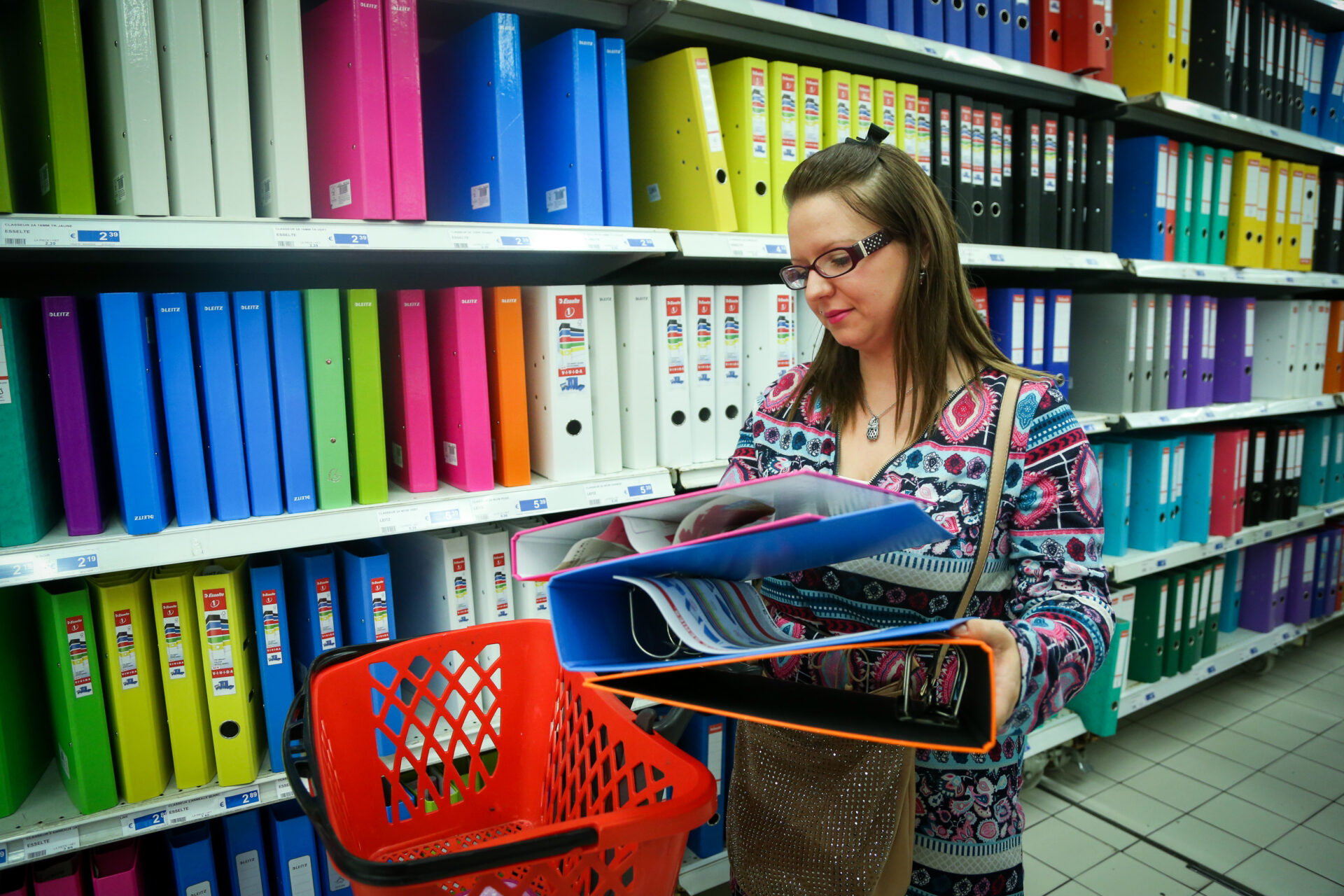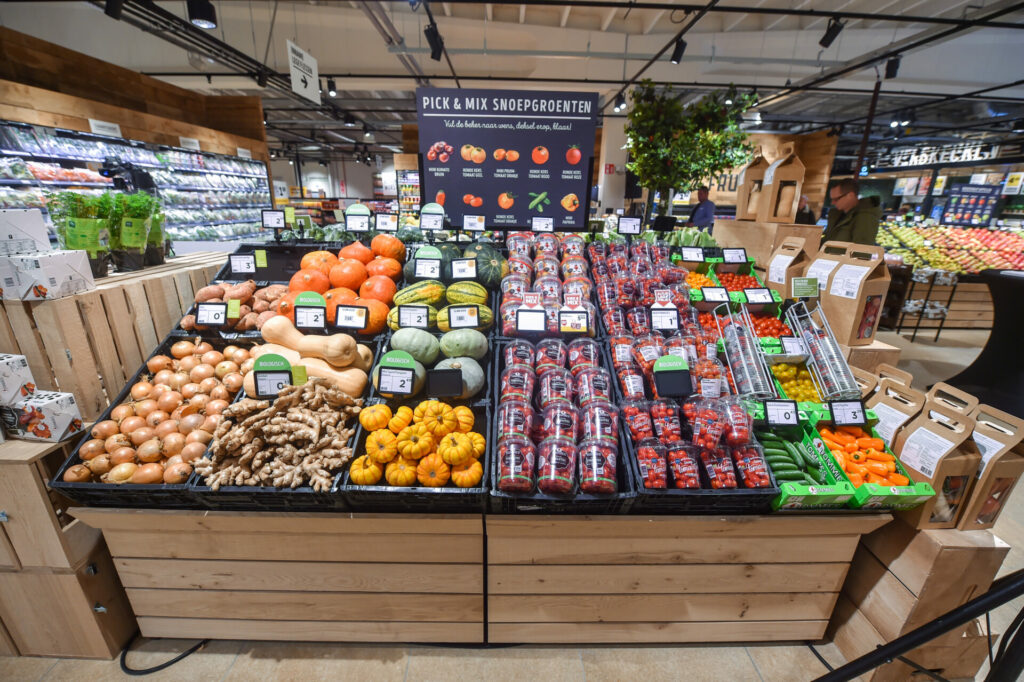While supermarket inflation has been decreasing for several months now, the price of an average shopping trolley is still higher than one year ago, and significantly more expensive than in 2022.
Rising food prices were a key issue in 2023. People were so consumed by the soaring cost of groceries that Flanders' Word of the Year was 'greedflation' – inflation which is "fuelled by companies that pass on the full or excessive price increase of raw materials, means of production and labour onto consumers to maintain or increase profits."
The peak of the so-called nutritional crisis was reached in March 2023, when supermarket inflation surpassed 20%. Since then, prices have decreased slowly – at a slower pace than prices on international markets – dropping to 8.1% in December. In November, food inflation was still 9.4%, while it was still above 11% in October.
However, this figure remains higher than usual. Meanwhile, consumer protection organisation Test Achats stressed that shopping trolleys have become almost one-third more expensive over the past two years, as by December 2022, supermarket inflation was already 19.7%.
The consumer protection association has been comparing the prices of over 3,000 products sold in Belgium's seven supermarket chains since food inflation started rising significantly.
Products with largest and smallest decrease
Marking the start of a new year, the organisation looked back at the unstable year of 2023, highlighting several trends that emerged from the data it gathered over two years.
In terms of the products that have risen most over the last twelve months, the outliers are vegetables, of which the price overall increased by 20%. Onions (+46.3%), carrots (+27.5%), cauliflower (+22%) and potatoes (+21%) saw the most significant increases.
Meat rose the least in price (+3.5%) and a number of products recorded a modest fall in price, such as herb butter (-6.2%), veal (-5.7%) and mixed peppers (-4.1%).
However, when looking at the products that rose the most in two years, the increase is more significant. "If we look at inflation over two years, we arrive at staggering figures," said Laura Clays, spokesperson for Test Achats.
The list is then topped by stationery products, of which the cost more than doubled (+54%). This is followed by vegetables, which became more than 40% more expensive, followed by pet food (42%).
While meat products saw the smallest increase in 2023, they are on average 21% more expensive than two years ago. There are some disparities: The price of poultry soared (+32% in two years), while the increase is less marked for pork and beef (+13%).
Consumers still being cheated
In its latest analysis, Test Achats once again argued that consumers are still not benefiting enough from the lowering in commodity prices.

Credit: Belga / Virginie Lefour
"Take vegetable oils, for example. The price on international markets has been falling since March 2022 (-51%), said Clays. "Yet the frying oils that Test Achats tracks are 37% more expensive than in March 2022."
It also notices such a discrepancy with, for example, semi-skimmed milk and young gouda. "We are still waiting for the results of the analysis by the Competition Authority, to whom we report our findings monthly to investigate whether excessive profit margins may be charged," Clays concluded.
Test Achats' advice is to compare prices, but also to opt for private brands more often. A recent analysis found consumers were already choosing cheaper shop-owned brands (Boni in Colruyt or 365 at Delhaize, for example) more often last year instead of so-called "A-brands", resulting in lower spending.

